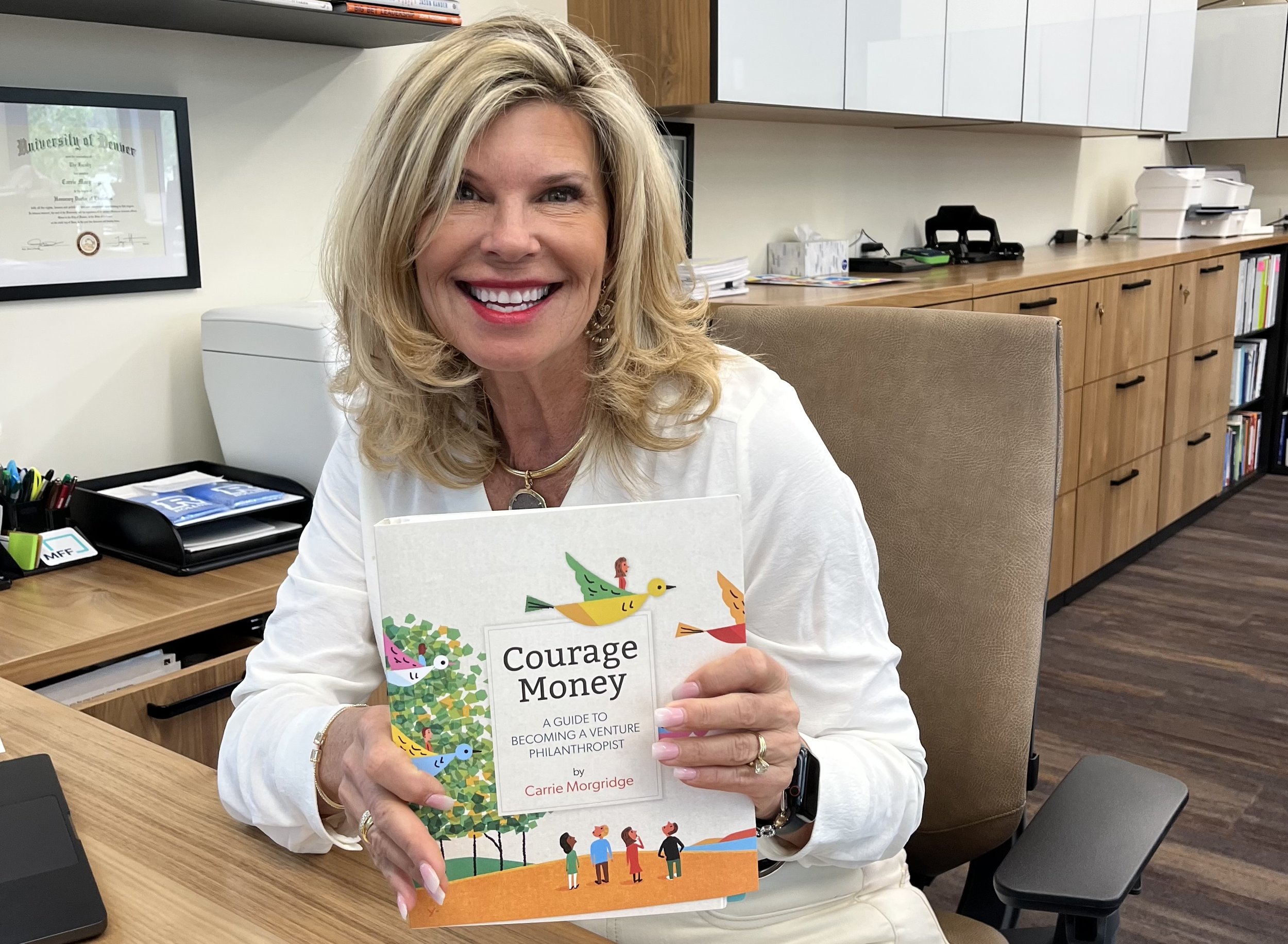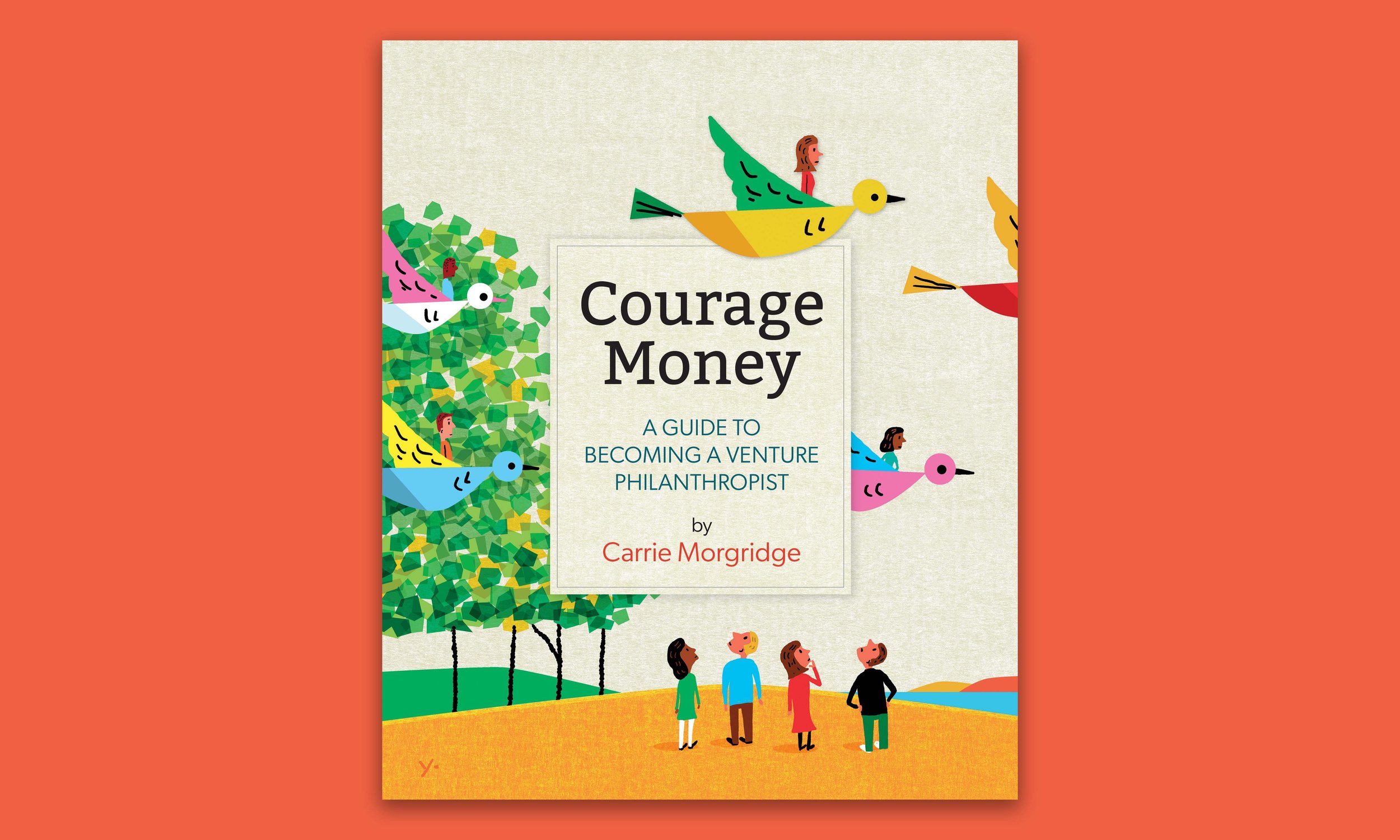How to communicate with funders like a pro
Communication is the key to any relationship — and when that relationship funds your work, you have to get it right.
So what do your funders want to hear from you and how can you nail communication with them, every time? We’ve got you covered with key tips to help you communicate better and build thriving relationships with funders. Let’s get started.
1. Make them feel included.
Part of being a strong communicator is ensuring your donors feel like they are part of the team and are invested in your organization’s mission. A great example of someone who does this well, as Carrie Morgridge shared in her book Every Gift Matters, is Dave Krepcho, the former president and CEO of Second Harvest Food Bank of Central Florida.
“Dave and his team made me feel like part of the organization,” Carrie wrote, “I cannot stress how important it is that the leaders you invest in make you feel like part of their good work.”
How did Dave and the Second Harvest team make Carrie feel involved as a funder? Through short but consistent email updates sent in real-time to share the impact of her investments and their work.
2. Rely on frequent but short updates.
At MFF, we call this the “30 second one-way update.” We coined the term when working with Dave Krepcho and the Second Harvest team because they turned this style of communication into a magical moment for us.
The 30-second one-way update might be a quick, single sentence email of something that happened that day. It might be a forwarded email from a partner or beneficiary sharing the impact of the services they received. It might be copying a donor on an internal email sharing successes, as well as what still needs work.
These types of updates happen in nonprofits every day, yet are rarely shared with donors.
3. Over communicate.
When in doubt at the beginning of a new relationship with a foundation or donor, choose to over communicate. They have chosen to trust your organization with their money, likely their time and network as well, so you need to show that it is being put to good use right from the start. Everything from the 30-second one-way update to in-person meetings are good ways to keep a new funder in the loop. Be intentional and diligent.
A funder who sees and appreciates the effort you put into your relationship with them will trust that the same level of care and attention goes into your work.
4. Mix up your medium.
As you communicate with your donors, keep things interesting by using different communication styles. While an email is tried and true, test out more out-of-box ideas too, such as sending a short video shot on your phone, inviting donors to a group Zoom update or mentioning donors or their organizations in Tweets.
Different messages may lend themselves better to different communication styles and you’ll get a sense for how your donors prefer to communicate and learn. Which takes us to our next tip.
5. Understand their communication style.
Once the relationship has progressed, it may no longer be necessary to send frequent updates – but it depends on the donor. As you get to know them better, pay attention to how they like to communicate and ask direct questions about their preferences. As you learn more about their communication style, adapt your approach accordingly.
6. Remember the people behind the donation.
Remember that behind every donation is a person – or people – with interests, passions, a sense of humor. While some automated communications are a necessity and your work should be at the heart of most communications, don’t miss the opportunity to send a lighthearted article that made you think of a specific donor or share a funny moment you think they would appreciate. A handwritten note goes a long way as well.
In short, ensure your donors feel seen as the human beings they are by taking the time to get to know them and connect with them on a personal level.
7. Say thank you.
It may seem like a small gesture but a simple “thank you” goes a long way in making a funder feel appreciated, no matter how much they give. Gratitude toward your donors may often be implied but don’t forget to explicitly tell them how much their funding means to your organization. Odds are good it will help inspire continued support.




